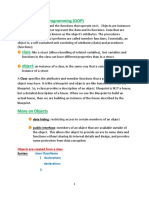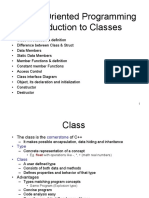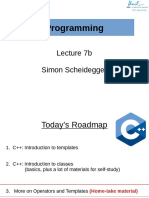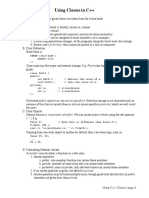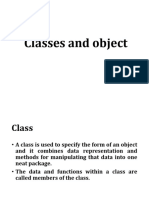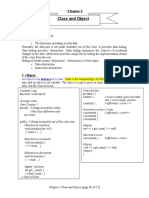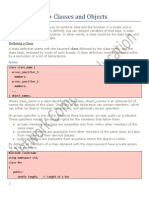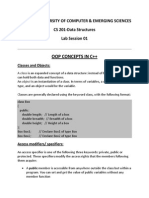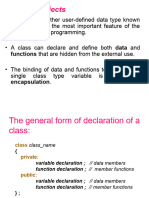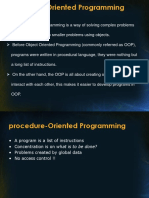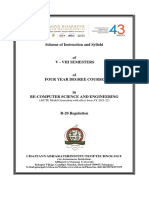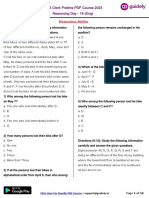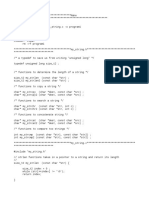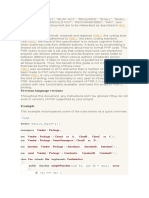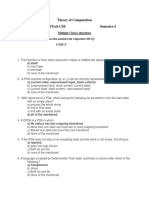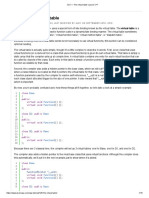0% found this document useful (0 votes)
34 views41 pagesTopic 2 Introduction To Classes
The document provides an overview of Object-Oriented Programming (OOP) concepts, focusing on classes and objects, including terminology such as attributes, methods, access specifiers, and constructors. It includes examples of class definitions, member functions, and the use of accessors and mutators, as well as the concept of destructors and overloading constructors. Additionally, it introduces the Unified Modeling Language (UML) for visually representing class structures and their relationships.
Uploaded by
xediceelili2006Copyright
© © All Rights Reserved
We take content rights seriously. If you suspect this is your content, claim it here.
Available Formats
Download as PDF, TXT or read online on Scribd
0% found this document useful (0 votes)
34 views41 pagesTopic 2 Introduction To Classes
The document provides an overview of Object-Oriented Programming (OOP) concepts, focusing on classes and objects, including terminology such as attributes, methods, access specifiers, and constructors. It includes examples of class definitions, member functions, and the use of accessors and mutators, as well as the concept of destructors and overloading constructors. Additionally, it introduces the Unified Modeling Language (UML) for visually representing class structures and their relationships.
Uploaded by
xediceelili2006Copyright
© © All Rights Reserved
We take content rights seriously. If you suspect this is your content, claim it here.
Available Formats
Download as PDF, TXT or read online on Scribd
/ 41
